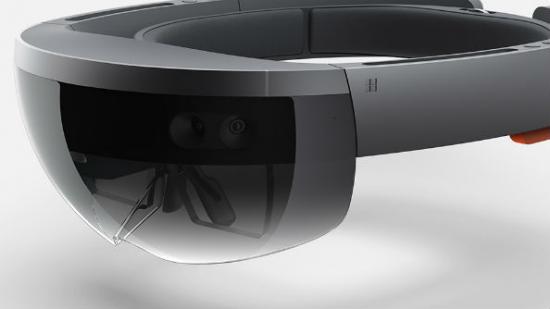While yet to receive a release date, new information on HoloLens, Microsoft’s incoming augmented reality headset, surfaced today that suggests the device will have a battery life of 5.5 hours or just 2.5 with “intensive use”. It also won’t have a wired connection option, and its FOV will be the same as viewing a 15-inch monitor from two feet away.
Which of our best PC games could work well in virtual/augmented reality?
Given the ever-increasing excitement that’s driving the latest virtual reality hype train (let us forever forget the undelivered promises made in the 90s), Microsoft has been really quite stingy on the HoloLens details front, all things considered. Today’s information came courtesy of an evangelist presentation delivered by Microsoft’s Bruce Harris.
In a recording of the Tel Aviv business event – which made its way to YouTube but has since been removed – Harris said the HoloLens’ five and a half hour battery life applies to email use or faffing about in Word documents. He said that “intensive use” will actually mean a far shorter life of around two and a half hours.
So, basically, using the device for much of the cool stuff Microsoft has put out so far – anything game-related or the 3D applications that’ve been shown in demos – won’t be doable in extended sessions. At this point, it’s unclear whether the device can be charged while in use, but Harris did point out that it has “no option for a wired connection.”
Another interesting nugget of information involved the HoloLens’ FOV. Although the specifications are relevant to the headset’s Developer Edition at this stage – and therefore subject to change – Harris said the device’s field of view will be equivocal to standing two feet away from a 15-inch monitor – a decision implemented in order to reduce cost and increase battery life. Harris also noted that the device will incorporate Wi-Fi and Bluetooth support.
Thanks, Ars Technica.
